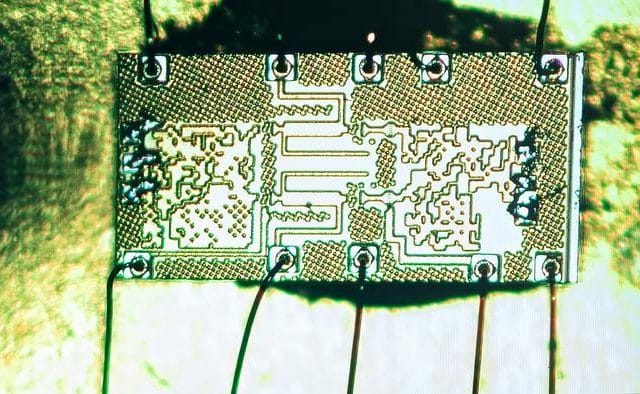The semiconductor industry remains a dynamic landscape, propelled by technical advancements and shifting market demands.
Design

AI Slashes Cost and Time for Chip Design, But That’s Not All
Researchers at Princeton Engineering and the Indian Institute of Technology have harnessed artificial intelligence to take a key step toward slashing the time and cost of designing new wireless chips and discovering new functionalities to meet expanding demands for better wireless speed and performance.

2025 Outlook: Executive Viewpoints
Each year, Semiconductor Digest turns to industry leaders and analysts to get their viewpoints on what they expect to see in the coming year in terms of critical tech and business trends.

2025: Navigating Shifts in Semiconductor Demand
I would expect numbers for wafer fab equipment (WFE) to be between 5% and 10% growth, reaching the low $100 billions for 2025.

2025: AI, Device Complexity Will Continue to Drive Packaging and Test Demands
The products used to power today’s AI/ML applications are far more complex than anything our industry has seen before.

2025: MRAM’s Path Forward in a Demanding Landscape
Spin-transfer-torque magnetoresistive random access memory (STT-MRAM) continues to stand out by meeting critical demands for high endurance, non-volatility, and low latency, particularly in applications at the far edge.

2025: MEMS Mirrors Will Fix Automotive LiDAR
Driven by advancements in the MEMS mirrors used in light detection and ranging (LiDAR), Tier 1 suppliers and automakers will begin to design more accurate, resilient, and affordable perception systems in automotive vehicles.

2025: Wafer Bonding is the New Semiconductor Scaling
To continue scaling the power density of future semiconductor components, there is no way around 3D integration. Depending on the system requirements, various bonding technologies such as solder connections, thermocompression and hybrid bonding can be selected.

2025: The Increasing Importance of High-Performance Power Management
Power management devices, which include voltage regulators and power converters, are critical components that ensure optimal energy consumption and performance in the most advanced electronic systems, including artificial intelligence (AI) and machine learning.

2025: Power Density and Sustainability Shaping Semiconductor Landscape
As devices become more compact and powerful, traditional packaging methods are no longer sufficient. Techniques such as system-in-package (SiP) and 3D packaging will gain traction, enabling higher performance while minimizing space and volume.
